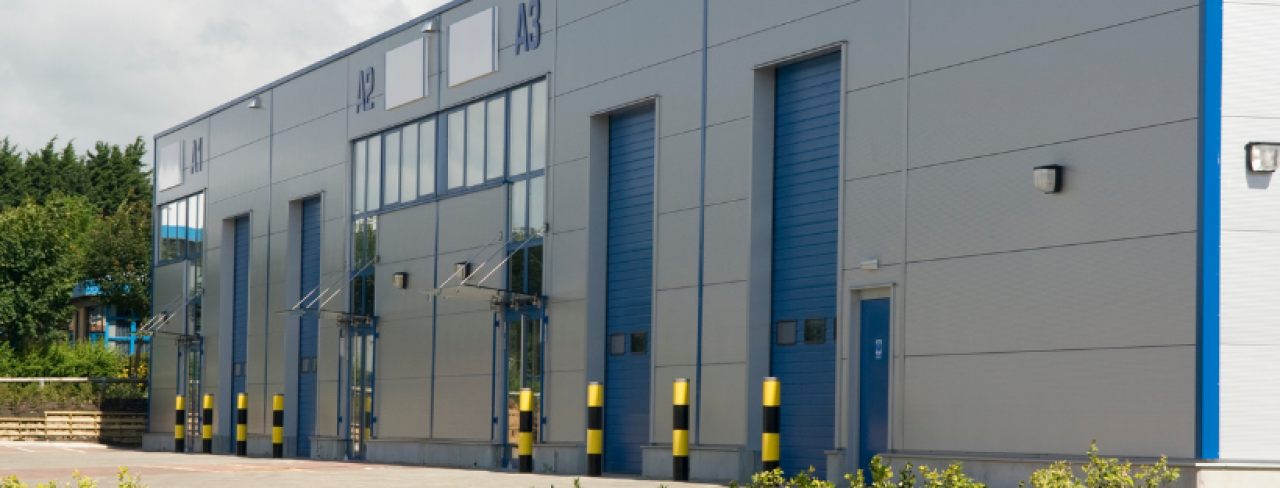Purchasing a commercial property can be a time-intensive and lengthy process that requires you to do your due diligence, research and make smart investment decisions.
Taking risks is good but it also pays to be rational in real estate investing. Also being too impulsive in taking risks can lead you to lose everything. So, here are 15 tips so that you can make the right decisions when buying your next commercial property.
1. Know the Type and Purpose of the Property
You should purchase a commercial property with a purpose. The biggest mistake new investors make is not having a plan. They buy a property because they think they got a good deal and then try to figure out what to do with it. That’s working backwards”, says Andy Heller author of “The Regular People’s Guide to Real Estate Riches.” Set-up your buying criteria based on your priorities.
2. Know Your Investment Budget and ROI Goals
Make sure to set a budget and always remember to include hidden costs. To be firm in your decision making its best to use a set of buying criteria.
Set the expectation by researching and estimating the costs you’ll be facing onset. Here’s a preview of the possible fees ahead:
- Professional fees.
- SDLT (Stamp Land Duty Tax).
- Construction and repair costs.
- Operational and maintenance cost.
- Environmental compliance costs.
- Waste management.
- Mortgages.
At the same time, a ‘buying criteria’ also sets your ROI standards. A standard of 10% minimum cash return would be a good start. If initial estimates of possible ROI falls less than 10%, then it’s not worth the gamble. So it’s important to consider all the factors that may affect your ROI such as the location.
3. Good Location
What makes a good location is how the business blends to the market exceeding expected ROIs. A successful property investment relies on a good performing business. So, take precaution and time in looking for the perfect location.
Here are the factors to consider:
Type of business: If a business transacts in the premise like shops, a central location would be suitable. But, if it’s more of remote transactions, an out-of-town option would be more practical.
Local commercial competition: Gauge the competition in the area. Target a spot where your business can outsmart their customer demand. Consider the visibility of the location to the target market.
Customer/Tenant demand: The demand should meet your standard ROI goals.
Growing area: The developments in the proximity can directly boost the economy of the place. A good example of this is when a local district becomes a food hub for a new university built in the area.
4. Research The Local Commercial Property Market
Every local market has its unique set of values for the following so be sure to check them out:
- The current value of commercial properties in the area.
- Tax rates.
- Interest rates.
- Availability of commercial mortgages.
- Rental values.
Another thing that investors should consider is the presence of environmental issues. These issues can have a direct impact on the property value in the future.
Additionally, it’s vital that you know the ‘ecosystem’ of competing investors and the supply of skilled building labour.
5. Check the property’s eligibility to Capital Allowances, BPRA, and Land Remediation Relief
The UK government offers relief allowances and is aimed at rebuilding communities across the country. These reliefs are defined as follows:
Capital Allowance is the amount of expenditure that a British business may claim against its taxable profit under the Capital Allowances Act.
Business Premises Renovation Allowance (BPRA) is a 100% tax allowance for certain spending when you’re converting or renovating unused qualifying business premises in a disadvantaged area.
Land Remediation Relief is a relief from corporation tax only. It provides a deduction of 100%, plus an additional deduction of 50%, for qualifying expenditure incurred by companies in cleaning up land acquired from a third party in a contaminated state.
A lot of investors don’t know that they are eligible for the claim. Remember to consult your local real estate professional to claim for your benefits.
6. Stamp Duty Land Tax (SDLT)
A shift in investing started in April 2016. This is due to the amendment of tax relief laws on residential buy-to-let landlords which made investors look for other options.
These investors are eyeing to earn bigger annual yield by converting semi-commercial properties. The trending pattern is letting a flat above the commercial ones. Thus making double income streams with adequate tax relief.
7. Think of the possible ROI potentials for the commercial property
The faster you gain your ROI back, the faster the income grows.
It pays to maximize the potential of the property you’re eyeing to buy. These ‘potentials’ can contribute to your ROI, these may include but not limited to:
1. Transforming the top of the property to a rental flat.
2. Ad/signage rentals.
3. Energy conservation hacks by shifting to a solar energy source.
8. Explore Your Options And Weigh The Yields Vs. Risks
There’s no such thing as risk-free investment. Nothing is in absolute security when it comes to real estate income returns. So you should consider your tolerance with the present and forthcoming risks.
9. Get a Full Structural Survey
Surprise repairs are major headaches that sets you in long stressful months. So it pays to hold your horses and check the physical loopholes of the property. Not only that will a structural surveyor act as a precaution from poor property purchases but it will also prevent any defects from arising in the near future.
10. Visit the Property Before Deciding to Purchase
With all the efforts and pep talks with the professionals, one last look of the property can change the game. Undisclosed defects can be lingering in the property that can decrease its value. So be smart enough to decide, if you found one.
Non-disclosure of certain information is not punishable by law. Leaving the buyer in full responsibility for their own security.






Share this with
Email
Facebook
Messenger
Twitter
Pinterest
LinkedIn
Copy this link